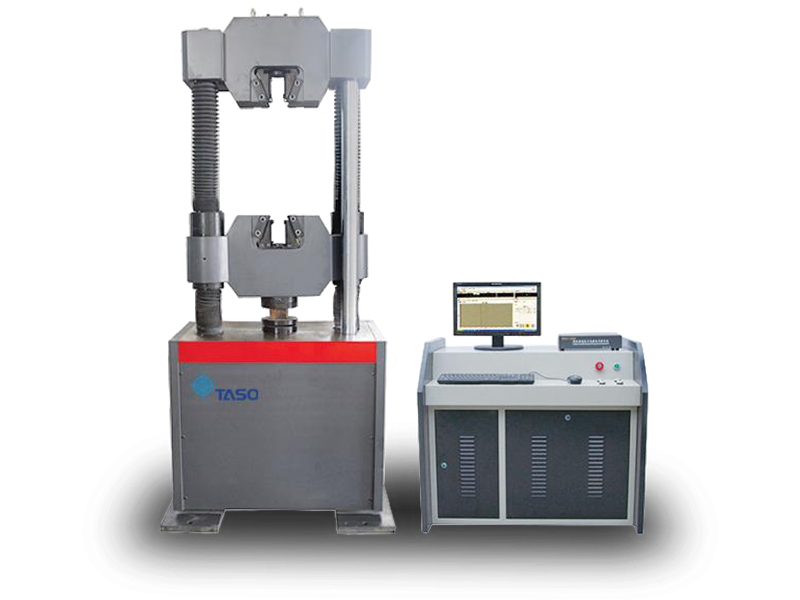
1.1拉力試驗機需求分析
根據實際調研分析,現給出本拉力試驗機關鍵的功能指標:
1)可對金屬、非金屬、復合材料等進行試驗,最大承受拉力達50KN.
2) 具備手動試驗、自動試驗功能,其中自動試驗可以實現對材料的拉伸和耐受測試。
3〉能夠實時顯示力值、位移信息,并能夠繪制力-時間、力-位移曲線。
4) 具有過載保護、位移限位功能。
5) 具有保存試驗結果,瀏覽歷史試驗記錄功能。
1.2拉力試驗機控制系統結構
拉力試驗機控制系統包括計算機、PLC、伺服系統、拉伸機構和稱重傳感器等,其結構可如圖1所示。其中,計算機是該控制系統的核心,完成人機交互、試驗控制、實時監控以及試驗總結功能:PLC用于輸出脈沖,驅動伺服系統,采集稱重傳感器信號以及捕捉表征材料形變量的AB相脈沖:伺服系統是拉力試驗機的動力系統;拉伸機構用于試件夾持和張拉,是拉力試驗機的主體結構吧。稱重傳感器是拉力試驗機控制系統的反饋部件,用于將材料承受的拉力轉換為電信號,該電信號經PLCAD模塊轉換為數字量后傳遞給計算機控制軟件。
拉力試驗機控制系統是一個閉環控制,其工作原理如下:
1) 計算機結合用戶設定的試驗目標和PLC上傳的反饋量,控制試驗進行,輸出控制量。
2) PLC接受計算機給出的控制量,進行脈沖輸出驅動伺服系統運轉,伺服系統通過拉伸機構對試件進行試驗。
3)稱重傳感器將試件承受力轉換為電信號、伺服系統將材料形變量轉換為AB相脈沖量。
4) PLC接受AB相脈沖和稱重傳感器信號并進行處理后,上傳計算機,供其進行反饋控制。
英斯特力儀器是一家集研發、生產及銷售于一體的 影像測量儀,拉力試驗機, 硬度計 ,探傷儀, 粗糙度儀, 測厚儀, 金相設備廠家, 致力于為客戶提供更好的檢測儀器。
1.1 Demand analysis of tensile testing machine
According to the actual investigation and analysis, the key functional indicators of the tensile testing machine are given:
1) It can test metal, non-metal and composite materials, with the maximum tensile force of 50KN.
2) With manual test, automatic test function, automatic test can realize the material tensile and tolerance test.
3 > Can display force value, displacement information in real time, and can draw force-time, force-displacement curve.
4) With overload protection, displacement limit function.
5) It has the function of saving test results and browsing historical test records.
1.2 tension testing machine control system structure
Tensile testing machine control system includes computer, PLC, servo system, tensile mechanism and weighing sensor, its structure can be shown in Figure 1. Among them, the computer is the core of the control system, complete human-computer interaction, test control, real-time monitoring and test summary function :PLC for output pulse, drive servo system, collect weighing sensor signal and capture the AB phase pulse characterization of material variables: servo system is the power system of tensile testing machine; Tensile mechanism for specimen clamping and tension, is the main structure of the tensile testing machine. Weighing sensor is the feedback part of the control system of tensile testing machine, which is used to convert the tensile force borne by the material into electrical signal, which is converted into digital quantity by PLCAD module and then transmitted to the computer control software.
Tension testing machine control system is a closed-loop control, its working principle is as follows:
1) The computer combines the test target set by the user and the feedback amount uploaded by PLC to control the test and output the control amount.
2) PLC accepts the control quantity given by the computer to drive the servo system to run by pulse output, and the servo system tests the specimens through tensile mechanism.
3) The load bearing force of the specimen is converted into electrical signal by the weighing sensor, and the material shape variable is converted into AB phase pulse quantity by the servo system.
4) PLC receives AB phase pulse and signal of weighing sensor and processes it, then uploads it to computer for feedback control.


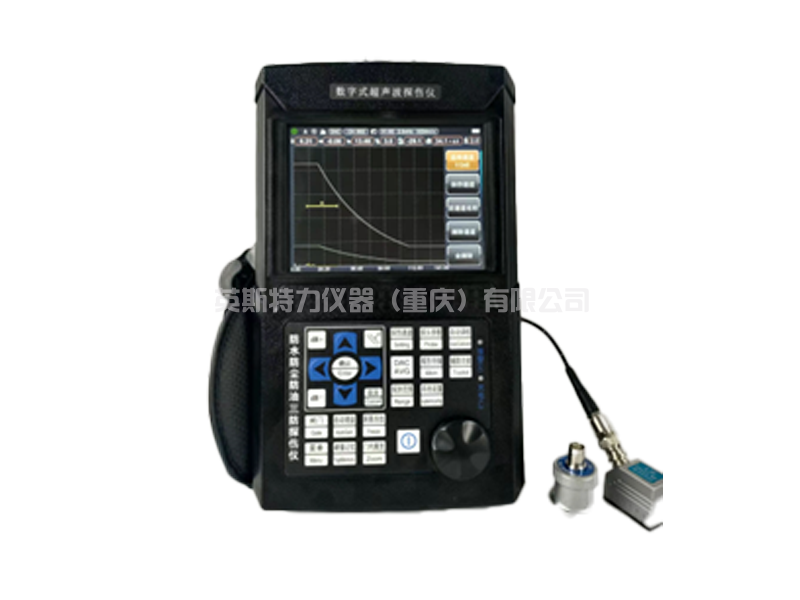
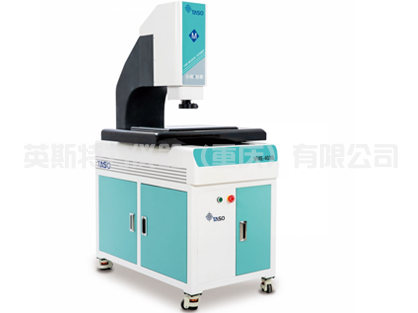
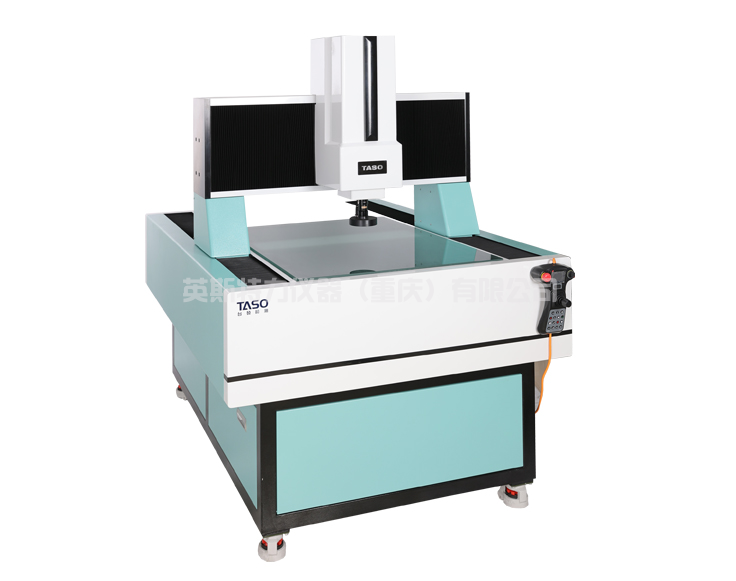
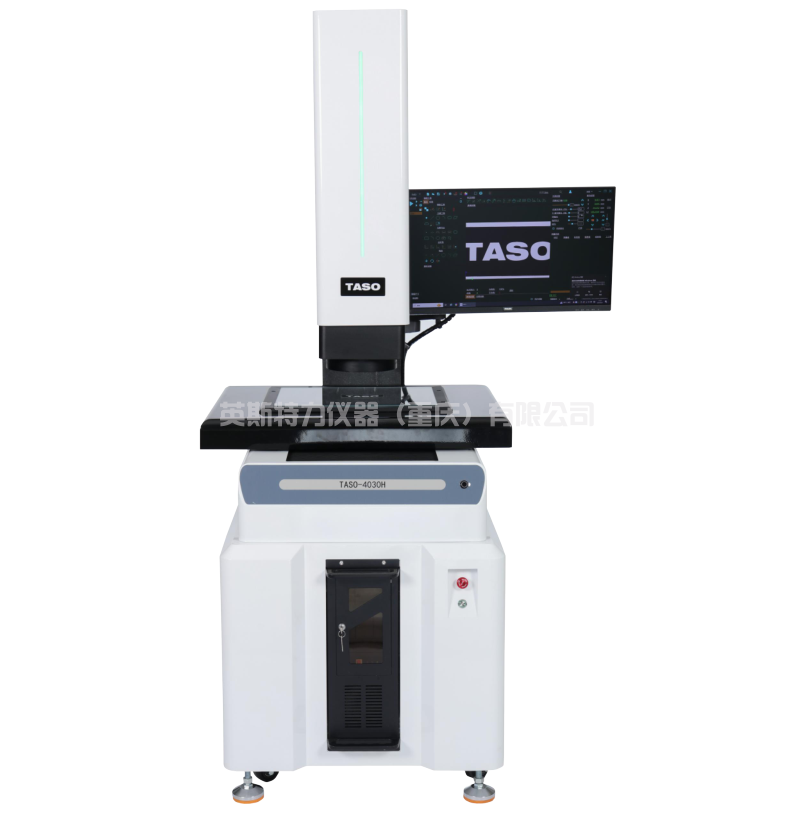

 客服1
客服1 